NOAA Ocean Guardian Teachers Pave the Way for Sustained Environmental Conservation
Alyssa Leadingham
April 2023
Educators are the main drivers behind the success of the NOAA Ocean Guardian School program, often spearheading stewardship projects to ignite positive environmental change on campuses and in surrounding communities. Over the past 14 years, tens of thousands of students have been immersed in environmental stewardship projects across the country in an effort to protect their local watersheds, the world's ocean, and special areas like national marine sanctuaries. In celebration of Earth Month, we interviewed two veteran Ocean Guardian educators who have been dedicated to investing in our planet for over a decade.
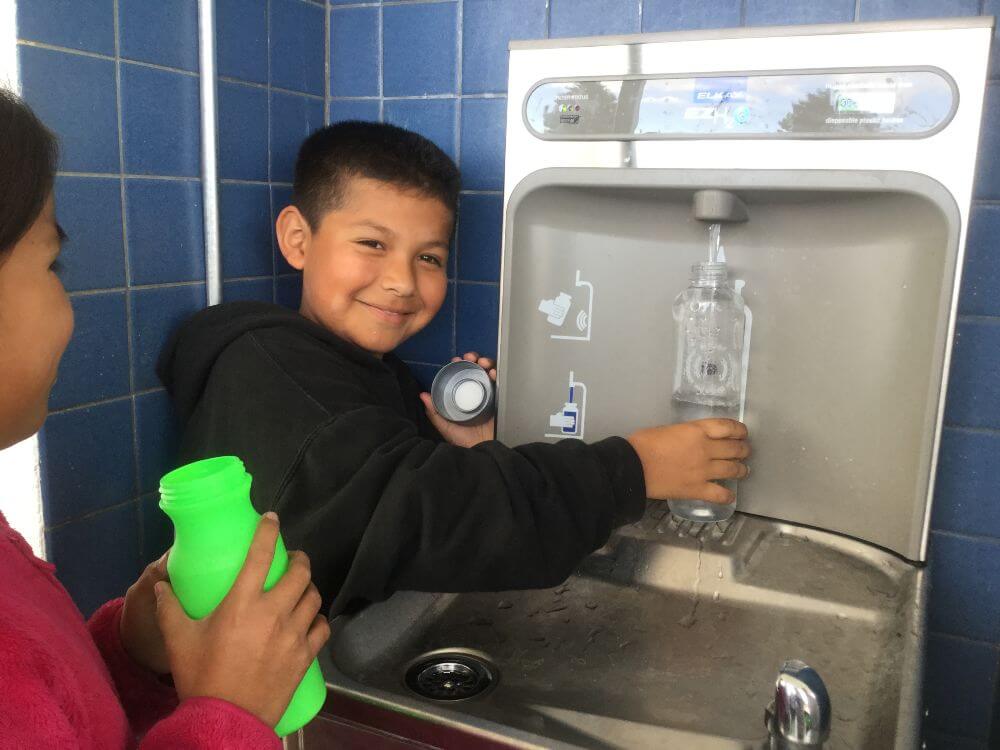
Helene Moore | Joaquin Miller Elementary School
(Oakland, California)
Helene Moore is the technology coordinator at Joaquin Miller Elementary School in Oakland, California. Her initial interest in the NOAA Ocean Guardian School program was inspired by her desire to integrate environmental stewardship into her technology classes. “While coordinating for my synagogue before working at Joaquin Miller, I recognized the importance of organizing and involving everyone—young and old—to do the hands-on work for social justice and environmental action activities,” said Moore. With this motivation in mind, she collaborated with a community partner and applied for her first Ocean Guardian School grant in 2013 with the intention to restore the watershed of nearby Beaconsfield Canyon.
In the classroom, students studied the history of the Ohlone Tribe and the animals that call Beaconsfield Canyon home. With this knowledge, Moore’s students set out into the canyon to identify plants, remove invasive species, plant native species, test the stream’s water quality, and study the web of life. To supplement their hands-on conservation work, students also recorded observational drawings, participated in letter writing campaigns, and took part in fun playtime activities within Beaconsfield Canyon. Her students’ hard work paid off. After 5 years, Beaconsfield Canyon was transformed into a thriving living laboratory.
Reflecting on the impact of the evolution of this outdoor space, Moore says, “Beaconsfield Canyon evolving into a living laboratory made this project a powerful and lasting learning experience.”
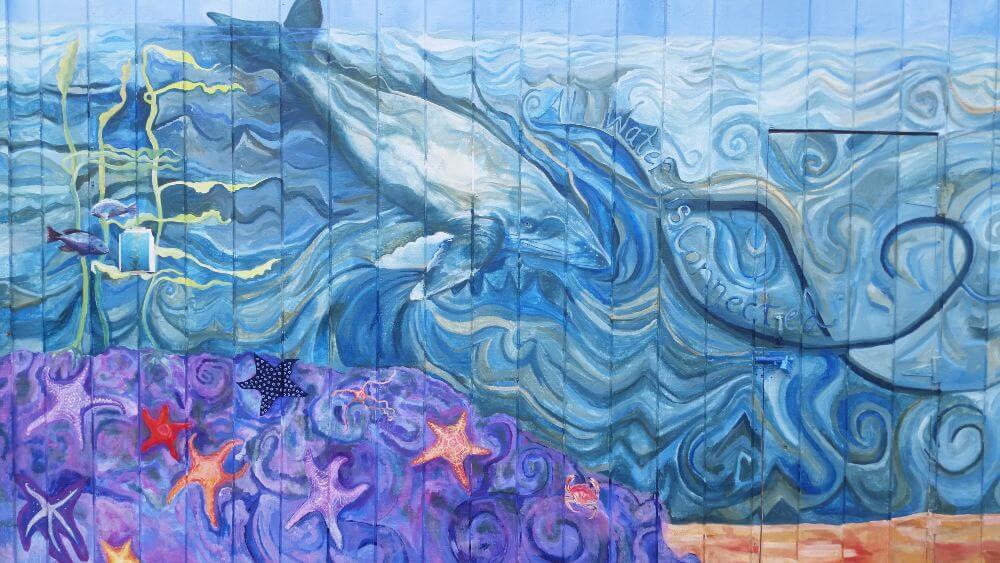
Following the success of her first project pathway, Moore’s students switched focus towards reducing waste on campus. This new endeavor was inspired by the students’ personal interest in keeping campus trash free, and in turn protecting the ocean from marine debris. With the birth of this new pathway, students formed the Joaquin Miller Green Team; where members participated in waste audits, designed and procured reusable alternatives to single-use plastic items, and rallied for the use of hydration stations across campus. In addition to reducing plastic waste, students also started a lunchtime food share program. Each week, unopened school lunches were donated to community members experiencing food insecurity. Most recently, the pandemic greatly impacted student efforts. However, in the face of adversity, Green Team students directed their energy towards digital activism; meeting over video conferences to brainstorm at-home activities.
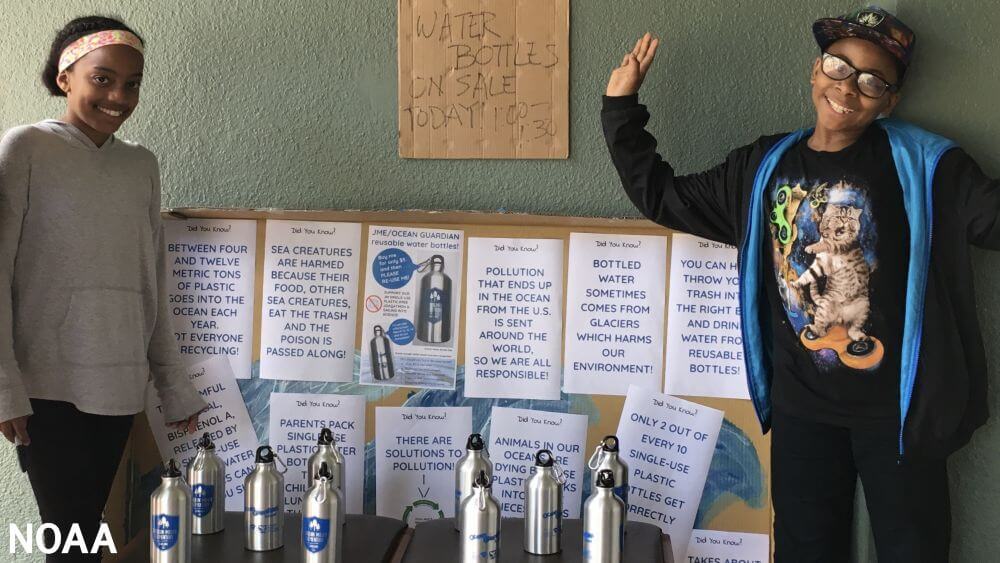
In response to 10 years of NOAA Ocean Guardian School participation, Moore sees the impact expanding far beyond campus. “We are noticing that students and families are integrating our focus on reducing waste, healthy eating and gardening skills,” Moore says. “For example we see few, if any, single use plastics on campus, even though there is no outright ban on campus. Our garden is stewarded by parents who want to share their passion with students. Some of our former students have gone on to study environmental studies, likely inspired by their past activities at Joaquin Miller Elementary.”
Laura Arnow | Calabasas Elementary School
(Watsonville, California)
Laura Arnow is a teacher at Calabasas Elementary School in Watsonville, California. Her NOAA Ocean Guardian experience spans three separate campuses along the central coast of California, and her dedication to environmental activism dates back to her undergraduate experience in environmental studies.
Her first NOAA Ocean Guardian School grant at Calabasas Elementary School was awarded in 2015. While reflecting on what inspired her to pursue NOAA Ocean Guardian School recognition, Arnow expressed, “Kids, really. They hold the future in their hands, and I wanted them to feel that. They have more power than they realize, and I wanted their voices to be heard. But first, they need to have something to say about what they want the grownups to do in order to protect their future. And for that to happen, they have to feel connected to a place, to nature, to the wonder and beauty that is so nearby. I wanted them to care first, and then to take action. The NOAA Ocean Guardian School program made it possible for us to pay for the tools we needed to make those connections.”
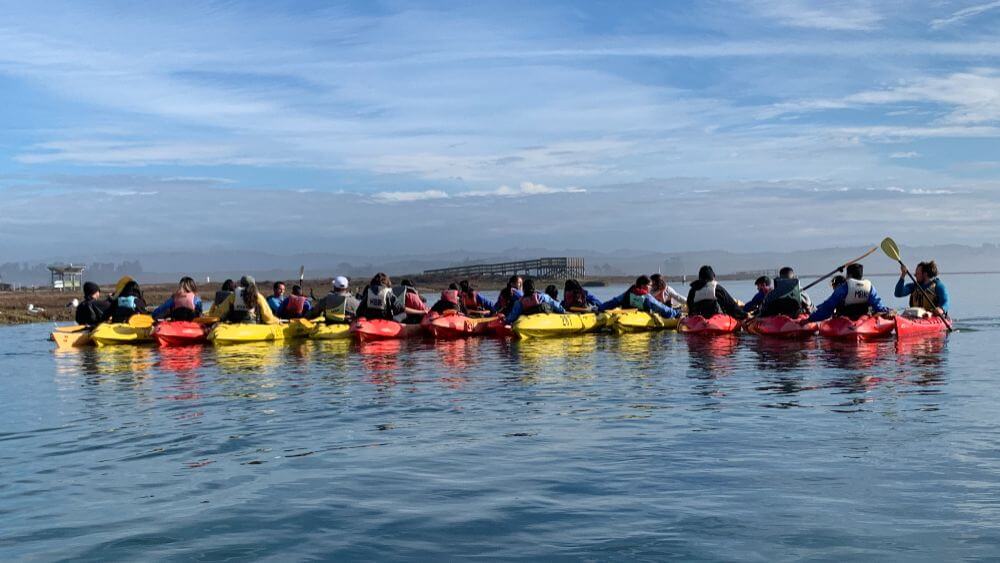
Her students primarily focused on waste reduction during their first few NOAA Ocean Guardian years. Most notably, they encouraged their school district to get rid of single-use utensil packets and lobbied for the installation of individual dispensers for utensils and napkins. This change allowed students to make a decision regarding which single-use items they needed most for their daily lunches. Students were also active in picking up trash around campus, encouraging their peers to properly separate their waste into the appropriate receptacles, and proposing alternatives to packaged snacks and food wrappers.
The COVID-19 pandemic also thwarted their original NOAA Ocean Guardian plans, but allowed them the space to creatively collaborate with a nearby elementary school—eventually inspiring the school district to enact a district-wide balloon ban to protect local seabirds and marine animals from accidentally ingesting them.
That’s not the only time the school district took action in response to Arnow’s students’ dedication to environmental protection. “Calabasas has attracted enough media coverage and attention from the school board that I think we get some credit for initiatives the district has taken on,” Arnow says. “They have hired a consultant to improve the district's climate profile, making Calabasas the first net-zero school in the district; they've created a Green Team to guide initiatives on waste reduction and energy conservation; they will have garden educators at all elementary schools within the next two years; and there are Green Teams at several high schools as well as some elementary schools now.”
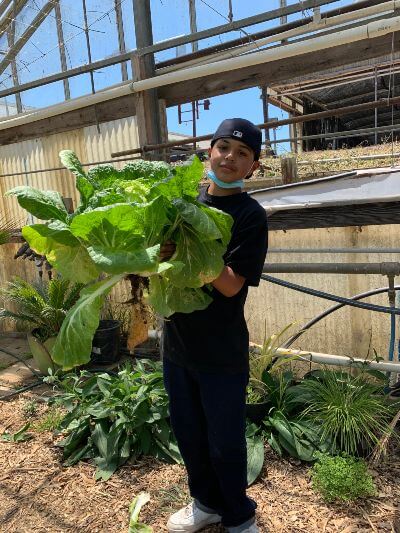
Her students are well informed on local environmental impacts, fluent in speaking about the negative impacts litter can pose on the local Monterey Bay National Marine Sanctuary. Upper grades on campus are becoming increasingly aware of climate change. California’s recent wildfires, historic drought, and increasingly extreme weather has brought climate change to the forefront of their campus—often impacting their beloved outdoor recess. Because of this, students are starting to understand humanity’s role in changing the systems that directly affect us.
Arnow’s students are currently working on several different initiatives across campus including rainwater harvesting for water conservation, encouraging walking and biking to school, improving their food waste diversion, and adding trees to their school landscape.
Environmental Leadership
The NOAA Ocean Guardian School program provides grant funding for projects focused on current issues affecting local watersheds and/or the ocean while promoting best environmental practices. Through a school- or community-based project, schools work to make a difference in the health and protection of their local watersheds, ocean and/or special ocean areas like national marine sanctuaries.
Teachers like Moore and Arnow are the type of devoted environmental leaders that model to youth that every day is Earth Day, offering future generations the inspiration and hope they need. They have brought a lasting legacy of investing in our planet to their school systems by year-after-year getting students and staff excited about Ocean Guardian School projects ranging from stream restoration to single-use plastic reduction.
“Eco-anxiety is a present day issue that is affecting the next generation of ocean stewards”, says Seaberry Nachbar, director of the NOAA Ocean Guardian School program. “Youth across the country are experiencing a loss for what to do and how to deal with environmental catastrophes, which can leave many students feeling hopeless and overwhelmed. But the NOAA Ocean Guardian School program helps to mitigate these feelings by empowering students, teachers, and communities to take actions that positively impact our environment. By providing tools, resources, and support to schools, the NOAA Ocean Guardian School program is inspiring environmental stewardship and conservation and encouraging youth to take an active role in protecting our one global ocean.”
Alyssa Leadingham is the Ocean Guardian School program coordinator for NOAA’s Office of National Marine Sanctuaries.
Become an Ocean Guardian School
The NOAA Ocean Guardian School program is currently accepting applications for the 2023–2024 school year. To learn more about program requirements, check out the NOAA Ocean Guardian School website.


